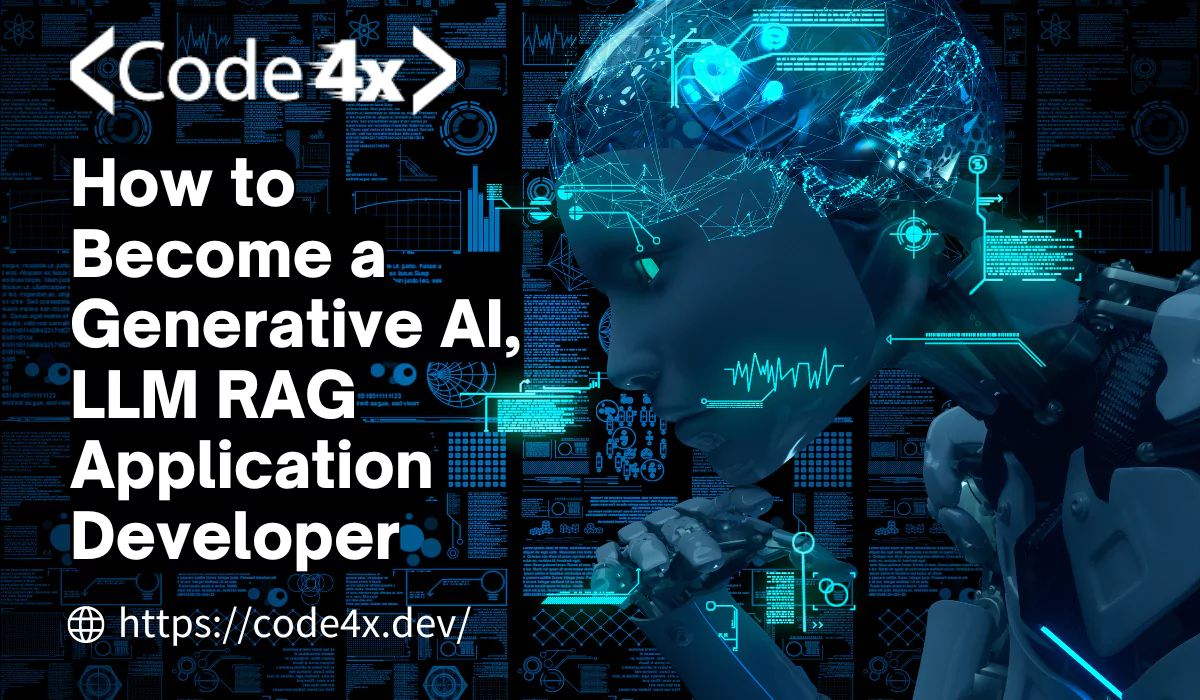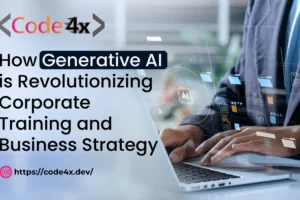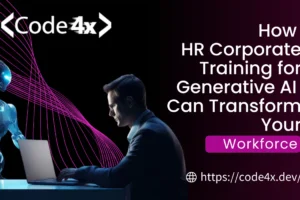
How to Become a Generative AI, LLM RAG Application Developer
Imagine developing a customer support chatbot that not only understands complex queries but also instantly retrieves precise answers from a vast internal knowledge base, delivering accurate and contextually relevant responses every time. This is the power of combining Large Language Models (LLMs) with Retrieval-Augmented Generation (RAG) — and becoming proficient in this technology can set you apart in the rapidly evolving AI landscape.
The role of a Generative AI and Large Language Model (LLM) RAG (Retrieval-Augmented Generation) Application Developer is becoming increasingly vital given the current technology complexity in the Data Science and Generatie AI world . With the explosion of AI technologies, businesses are seeking skilled professionals who can harness the power of LLMs to create innovative, automated solutions. Here’s how you can start your journey to becoming a Generative AI, LLM RAG Application Developer.
Intended Audience
This guide is tailored for IT professionals, engineers, and data scientists who are eager to expand their skill set in AI-driven application development.
Step 1: Understand the Basics of Generative AI and LLMs
Focus Areas:
- Generative AI: Begin by familiarizing yourself with the concept of generative AI, which involves models that can generate new data, such as text, images, or even code, based on existing data.
- Large Language Models (LLMs): Learn how LLMs, like GPT (Generative Pre-trained Transformer), work to understand and generate human-like text. Understand their role in applications like chatbots, text summarization, and content generation.
Technologies to Learn:
- Basic machine learning and deep learning concepts
- Natural Language Processing (NLP)
- Familiarity with platforms like OpenAI’s GPT models or Google’s Gemini models
Step 2: Dive into RAG (Retrieval-Augmented Generation) Architecture
Focus Areas:
- RAG Framework: RAG combines the power of retrieval-based methods with generative models. Learn how it uses external knowledge bases or documents to generate more accurate and contextually relevant responses.
- LLM Integration: Understand how to integrate LLMs with retrieval mechanisms to create powerful applications that can pull in specific, relevant information before generating responses.
Technologies to Learn:
- Vector databases like Pinecone or FAISS
- LangChain for building LLM-powered applications
- APIs and frameworks for integrating LLMs with retrieval systems
Step 3: Master Key Development Tools and Frameworks
Focus Areas:
- LangChain Framework: This open-source framework simplifies the development of applications powered by LLMs. Learn how to use it to build end-to-end pipelines for AI solutions.
- Vector Databases: Vector databases are crucial for storing and retrieving contextual information efficiently. Mastering these will allow you to create scalable and efficient RAG applications.
Technologies to Learn:
- LangChain
- Pinecone, FAISS, or Milvus for vector storage
- Hugging Face Hub for model deployment and management
Step 4: Practice with Real-World Projects
Focus Areas:
- Invoice Information Extraction: Start with a project that extracts key information from invoices using LLMs and vector databases. This will give you practical experience with document understanding and information retrieval.
- HR Policy Chatbot: Develop a chatbot using Streamlit and conversational memory to assist HR departments. This project will help you understand the application of LLMs in real-world, conversational interfaces.
Technologies to Use:
- Python and Streamlit for application development
- OpenAI or Hugging Face models for language processing
- Vector databases for retrieval tasks
Step 5: Build a Portfolio and Network
Focus Areas:
- Portfolio Development: Compile your projects into a professional portfolio. Showcase your ability to build and deploy RAG applications, and highlight the business value they bring.
- Networking: Engage with communities on platforms like GitHub, LinkedIn, and specialized forums. Networking with professionals in the field can open doors to collaboration and job opportunities.
Steps to Take:
- Create a GitHub repository with your projects
- Contribute to open-source projects in the Generative AI space
- Attend AI and ML conferences, webinars, and workshops
Step 6: Keep Learning and Stay Updated
Focus Areas:
- Continuous Learning: The field of AI is dynamic, with new advancements constantly emerging. Stay updated on the latest developments in LLMs, RAG architecture, and related technologies.
- Certifications and Courses: Code4X’s project based learning
Resources to Explore:
- Online courses on NLP and AI
- Certifications in AI and data science
- AI research papers and blogs for the latest trends
Becoming a Generative AI, LLM RAG Application Developer requires a solid foundation in AI technologies, hands-on experience with key tools and frameworks, and a commitment to continuous learning. By following these steps, you’ll be well-equipped to build amazing RAG applications harnessing the full potential of LLMs, positioning yourself as an expert in this exciting field.



